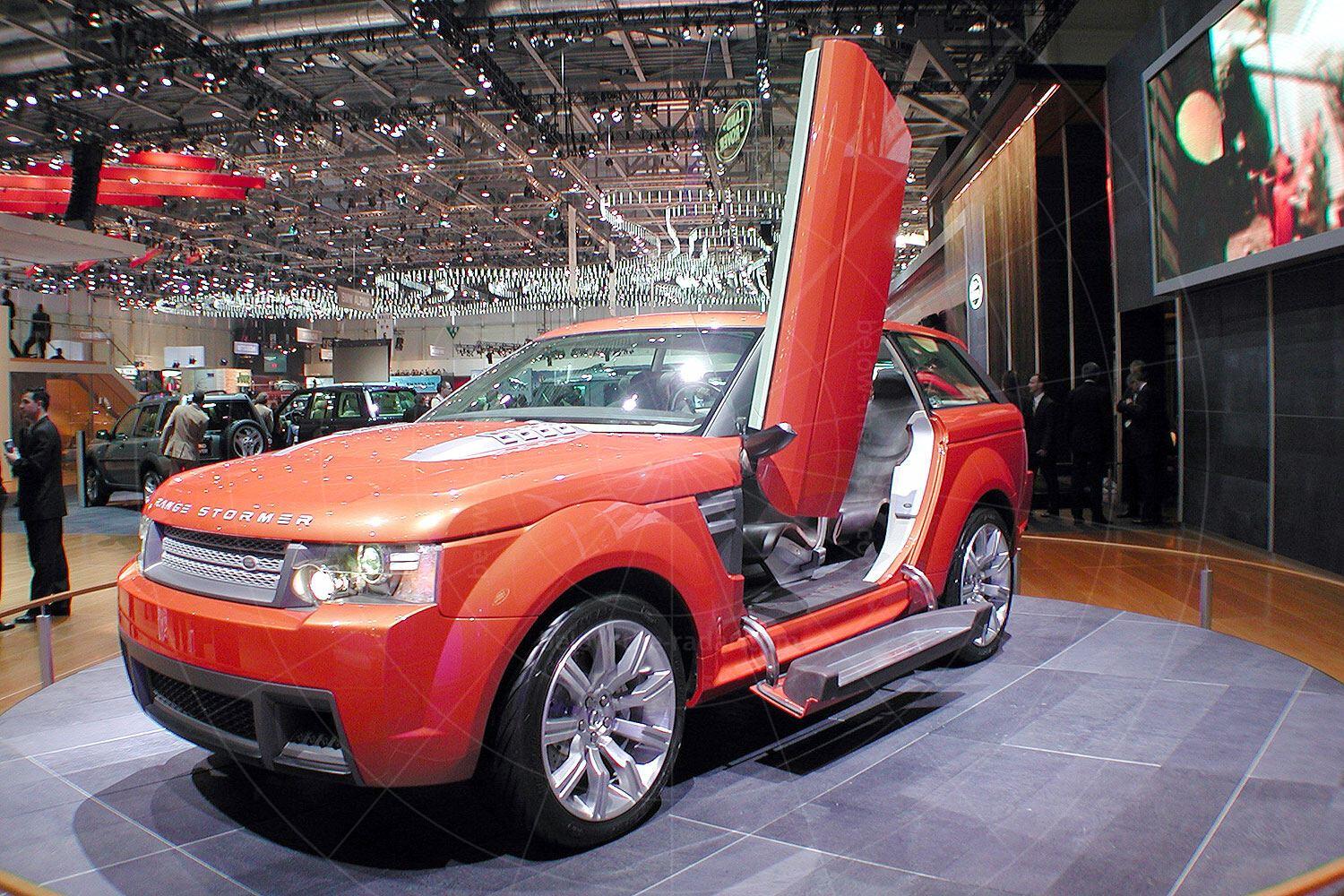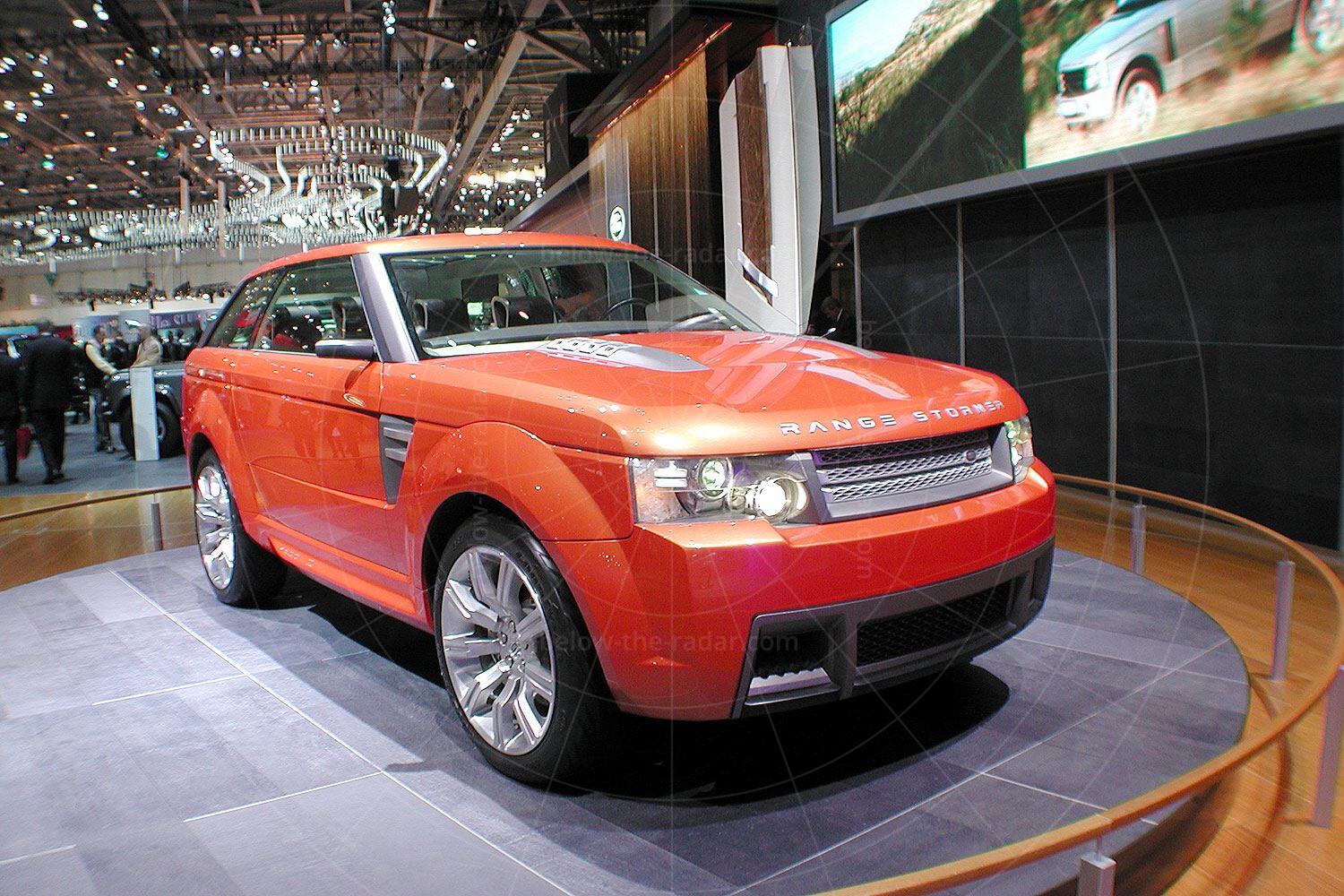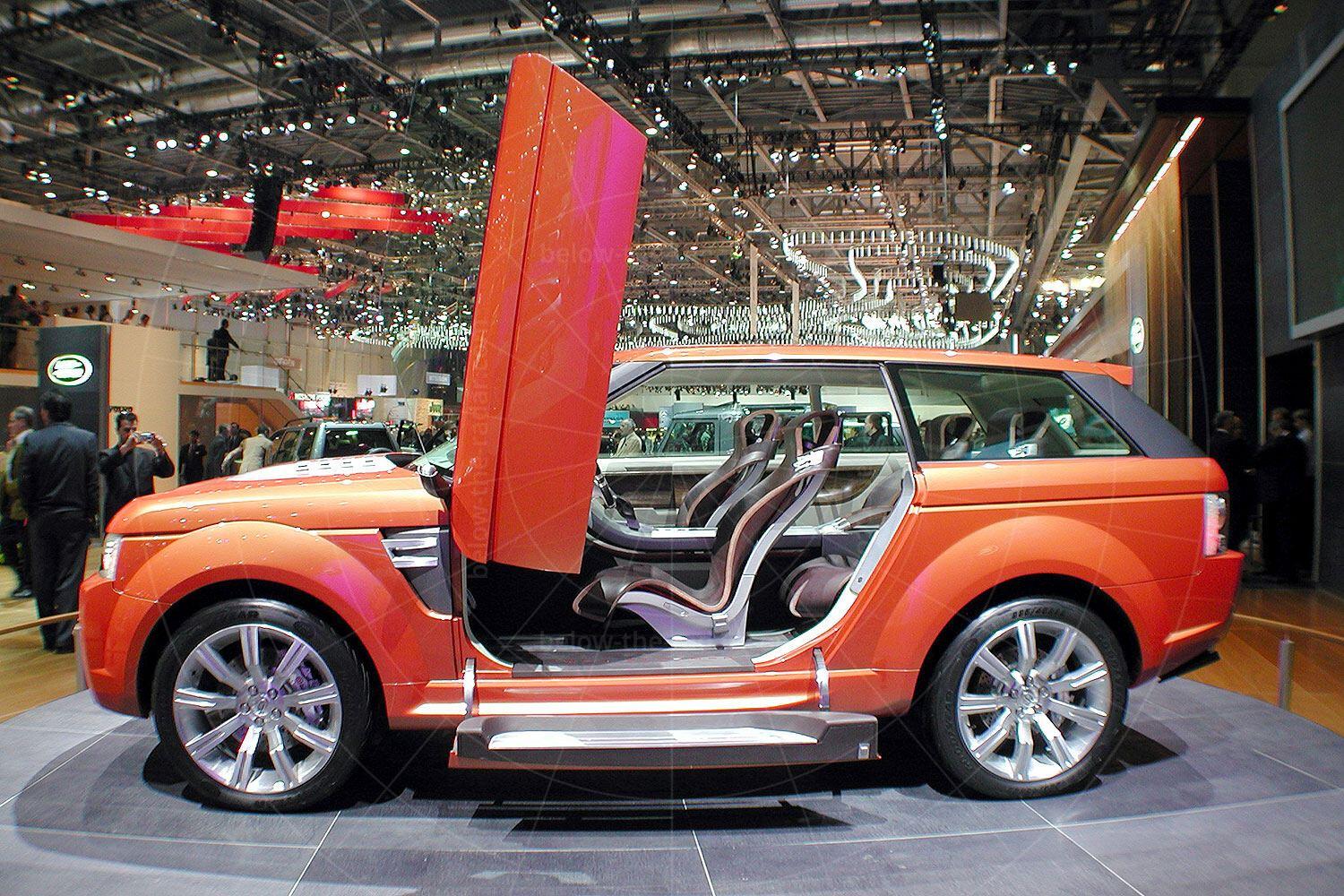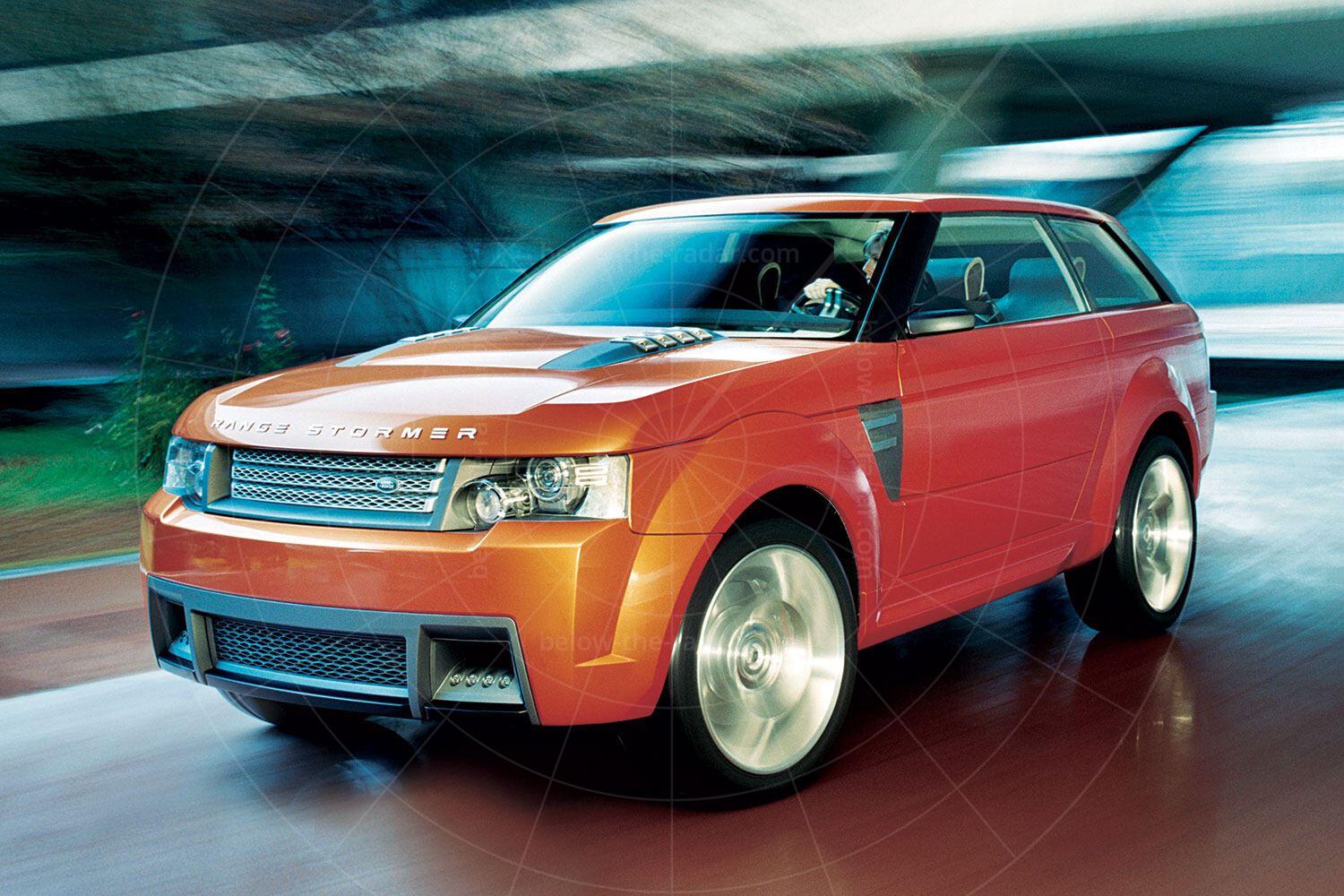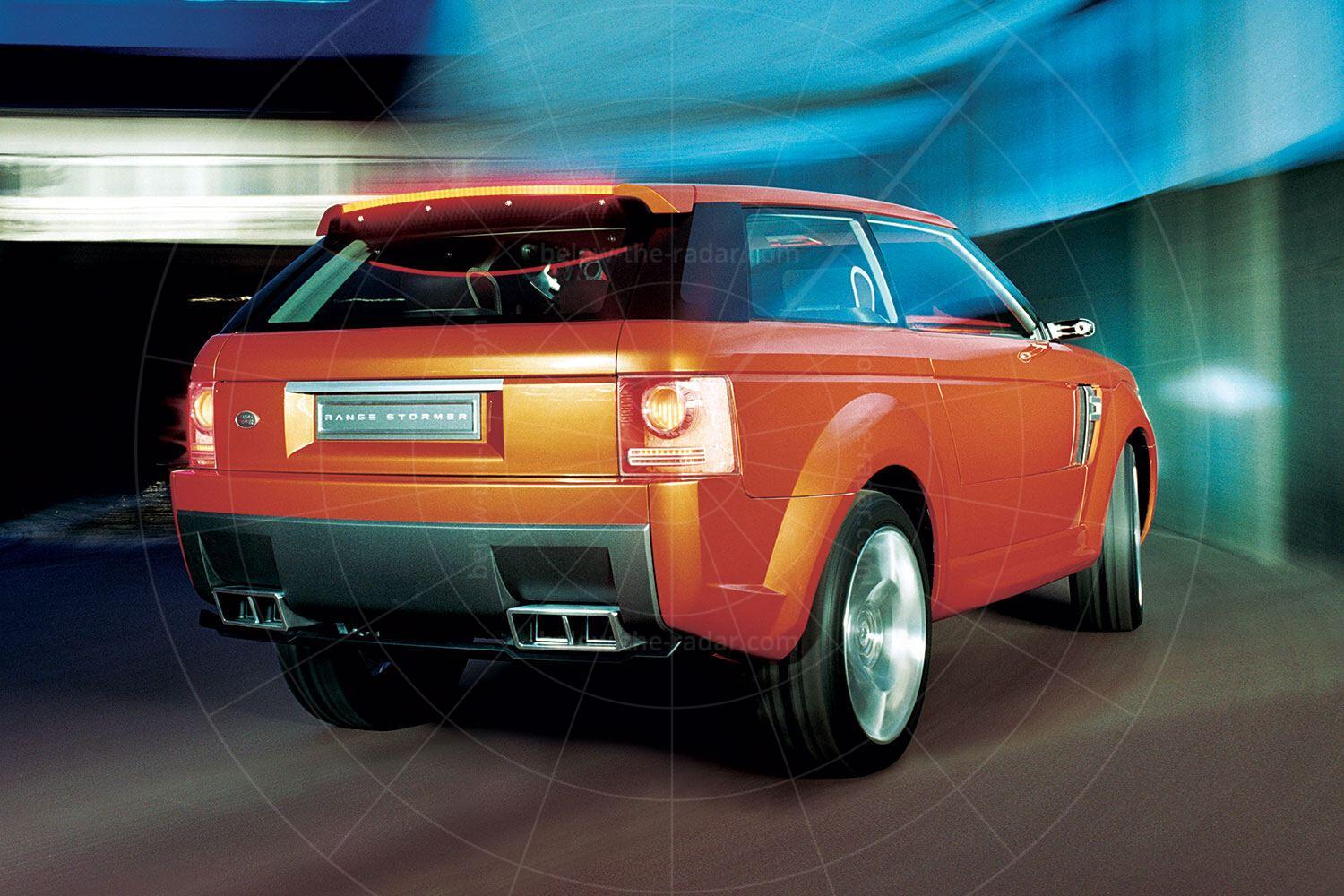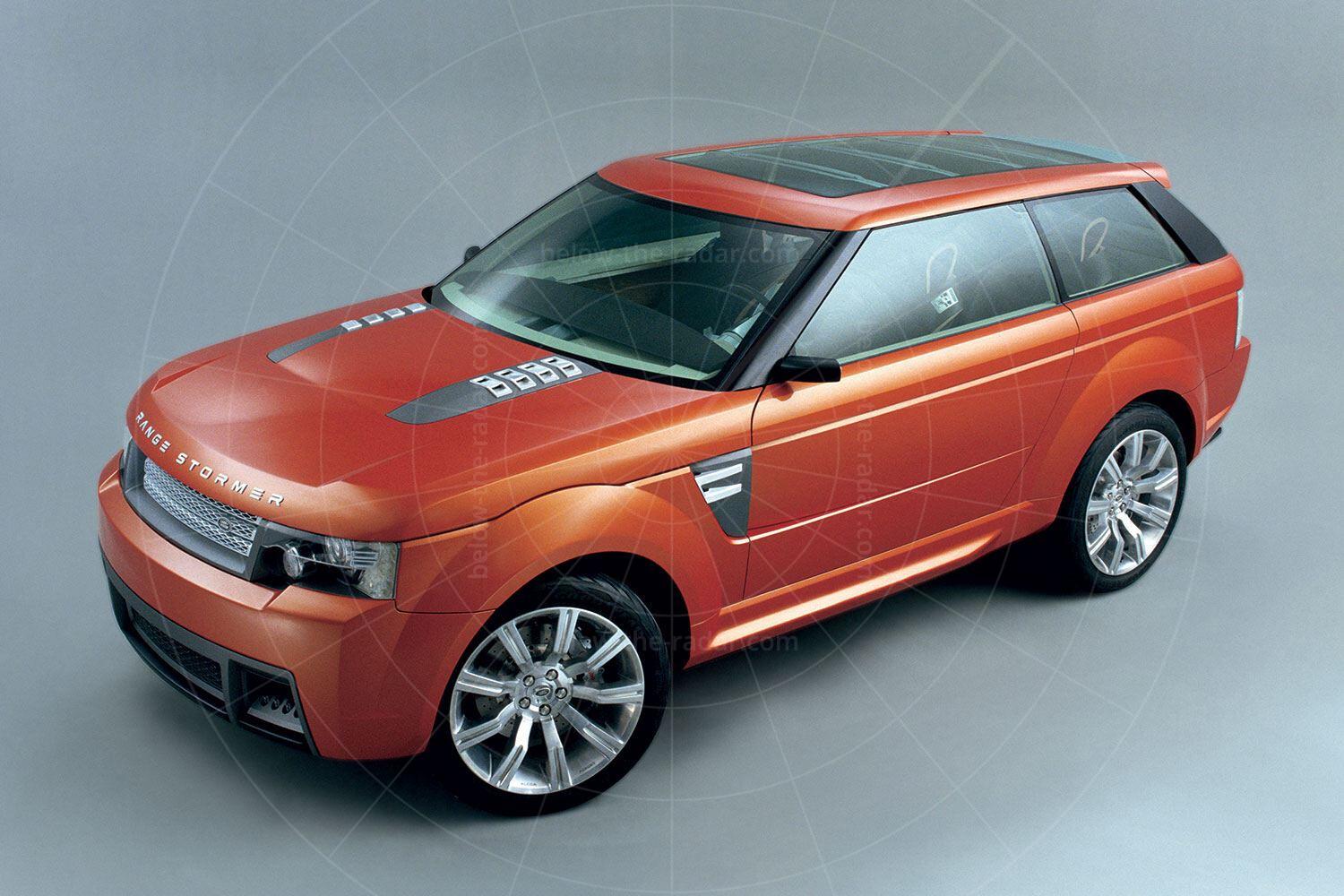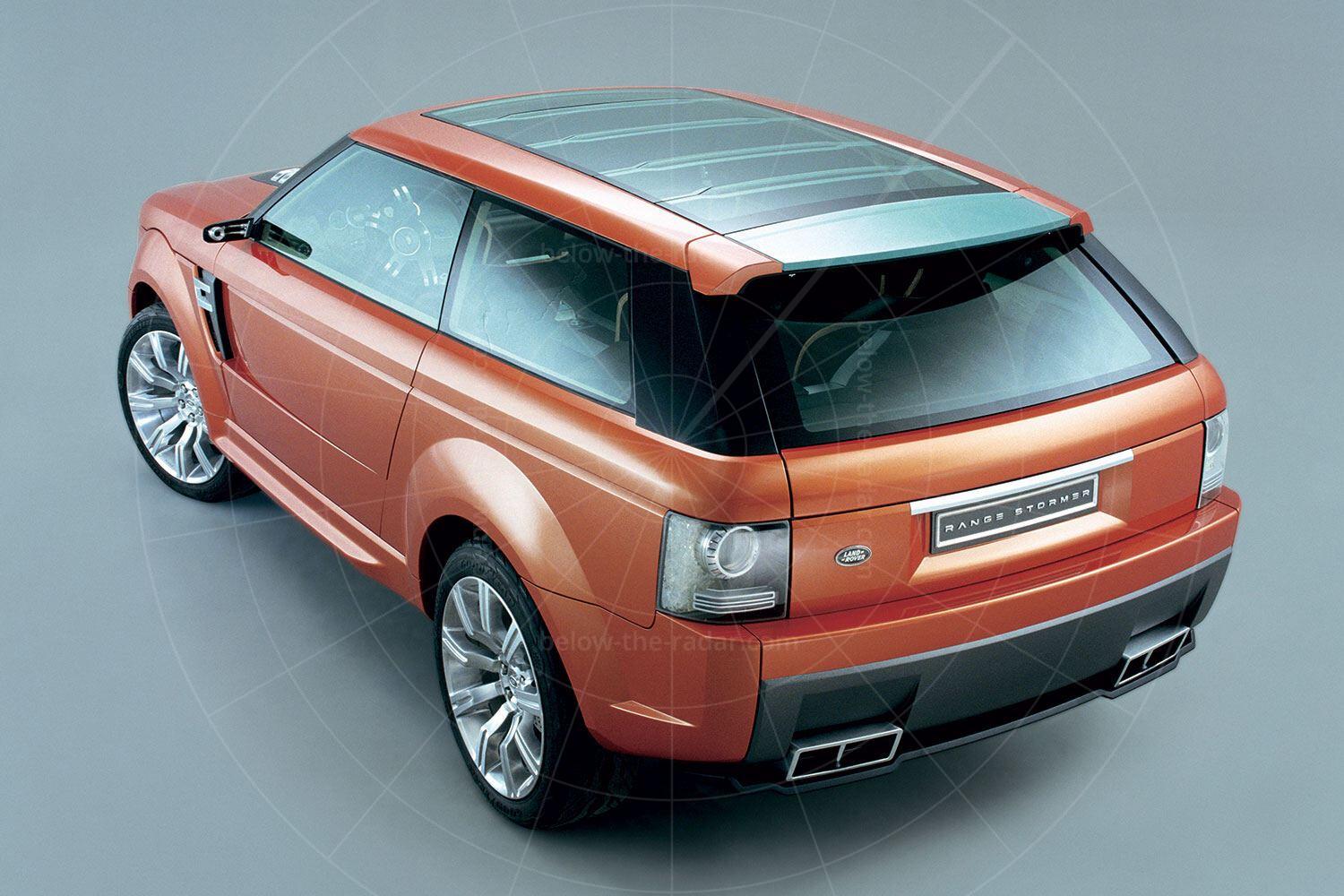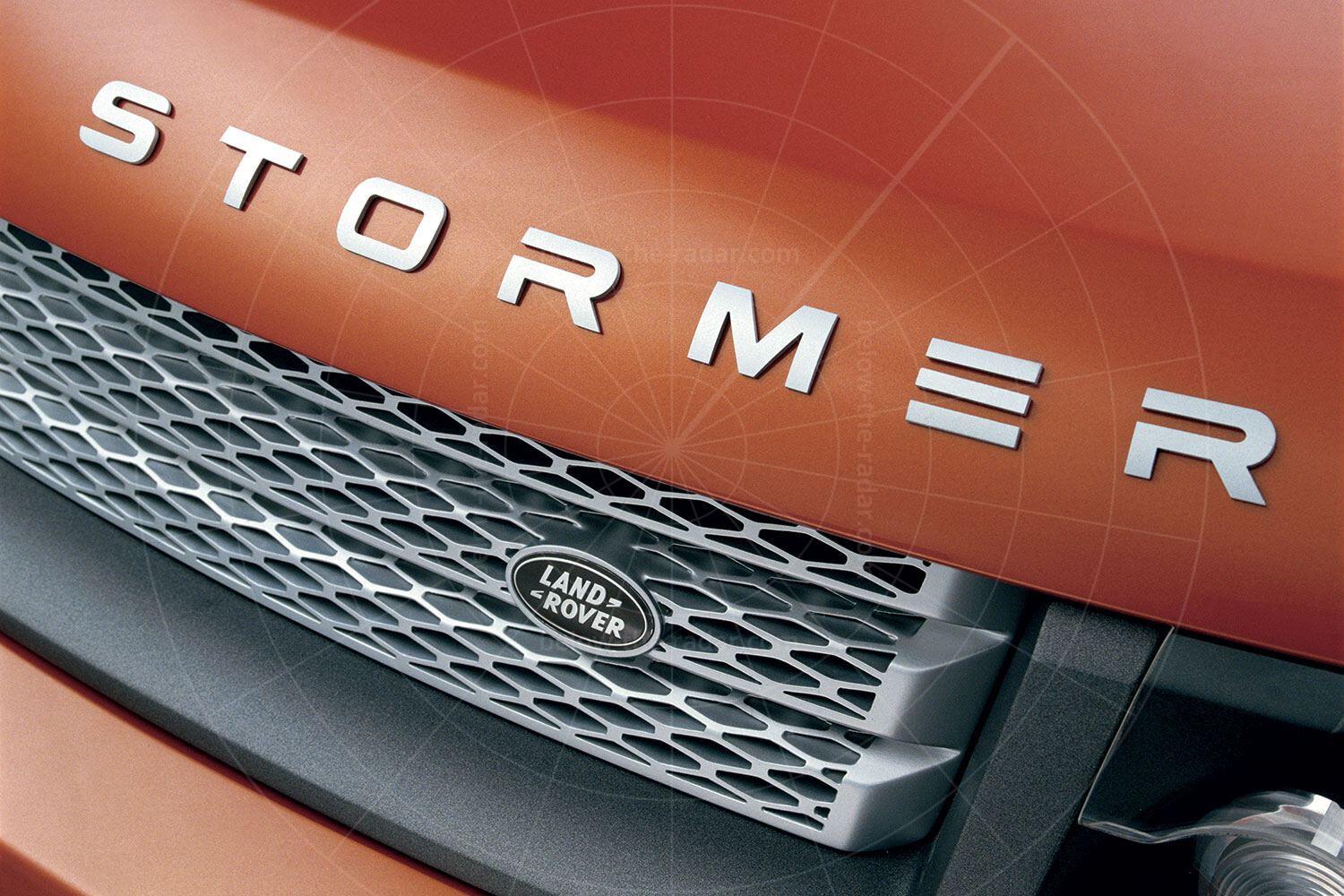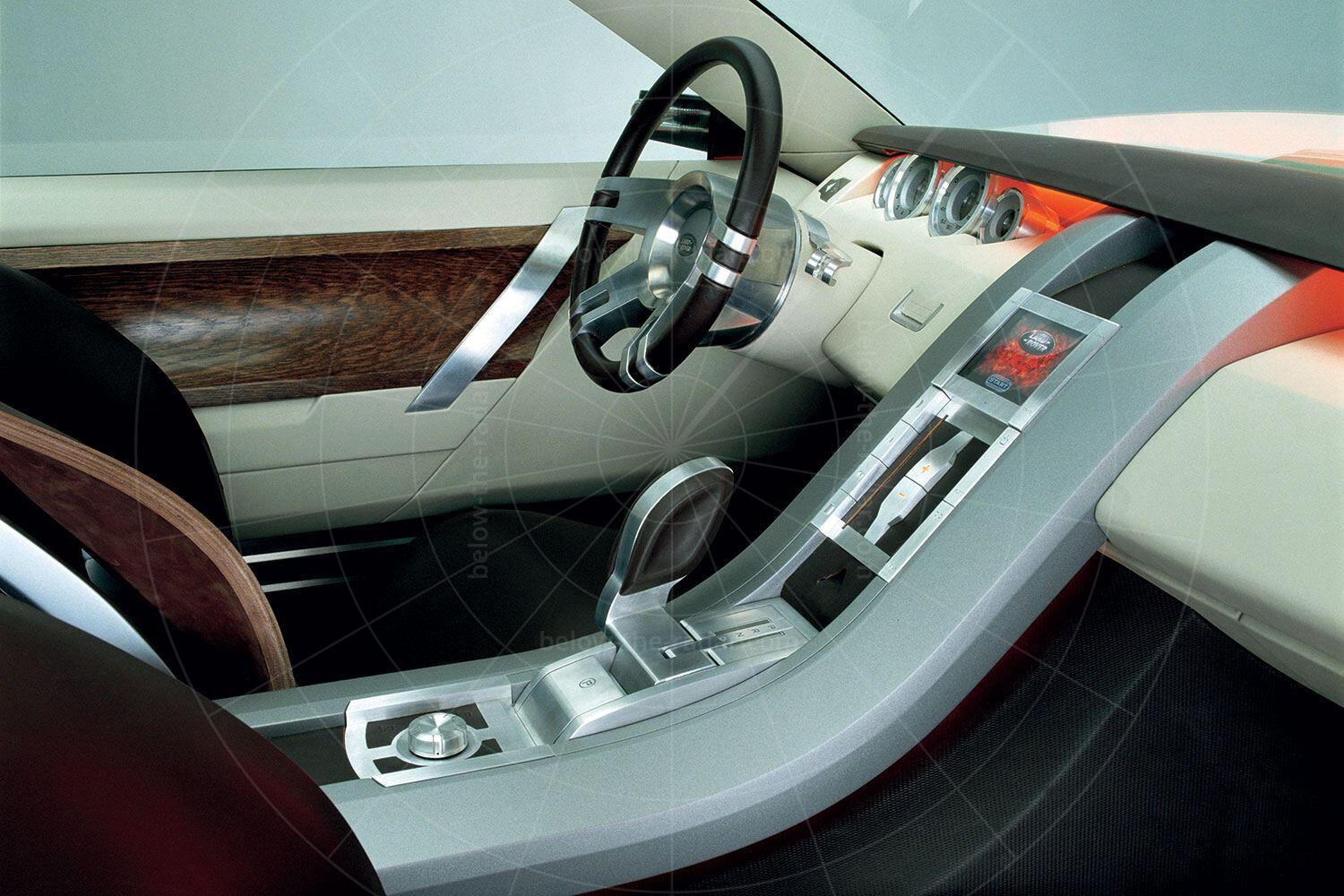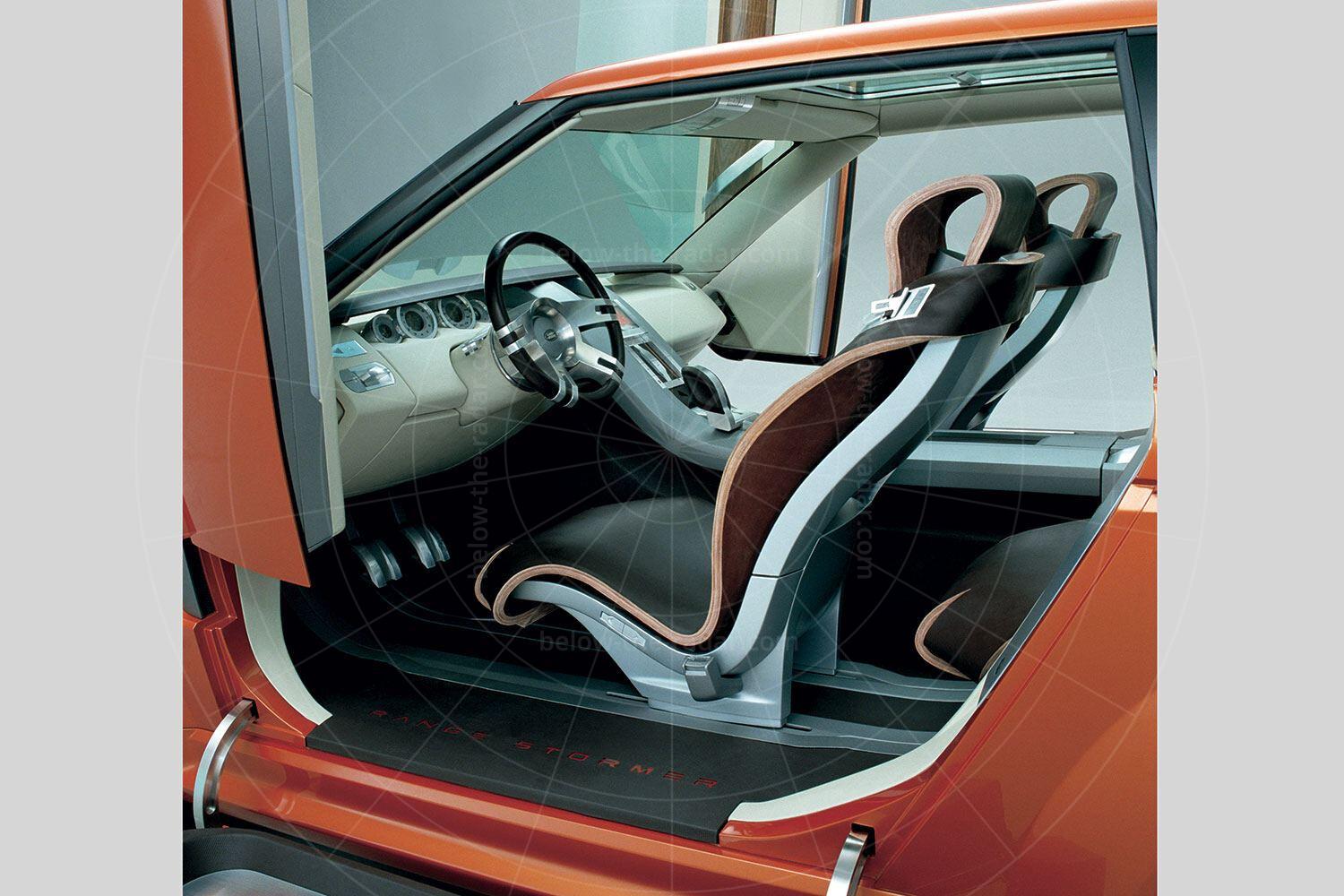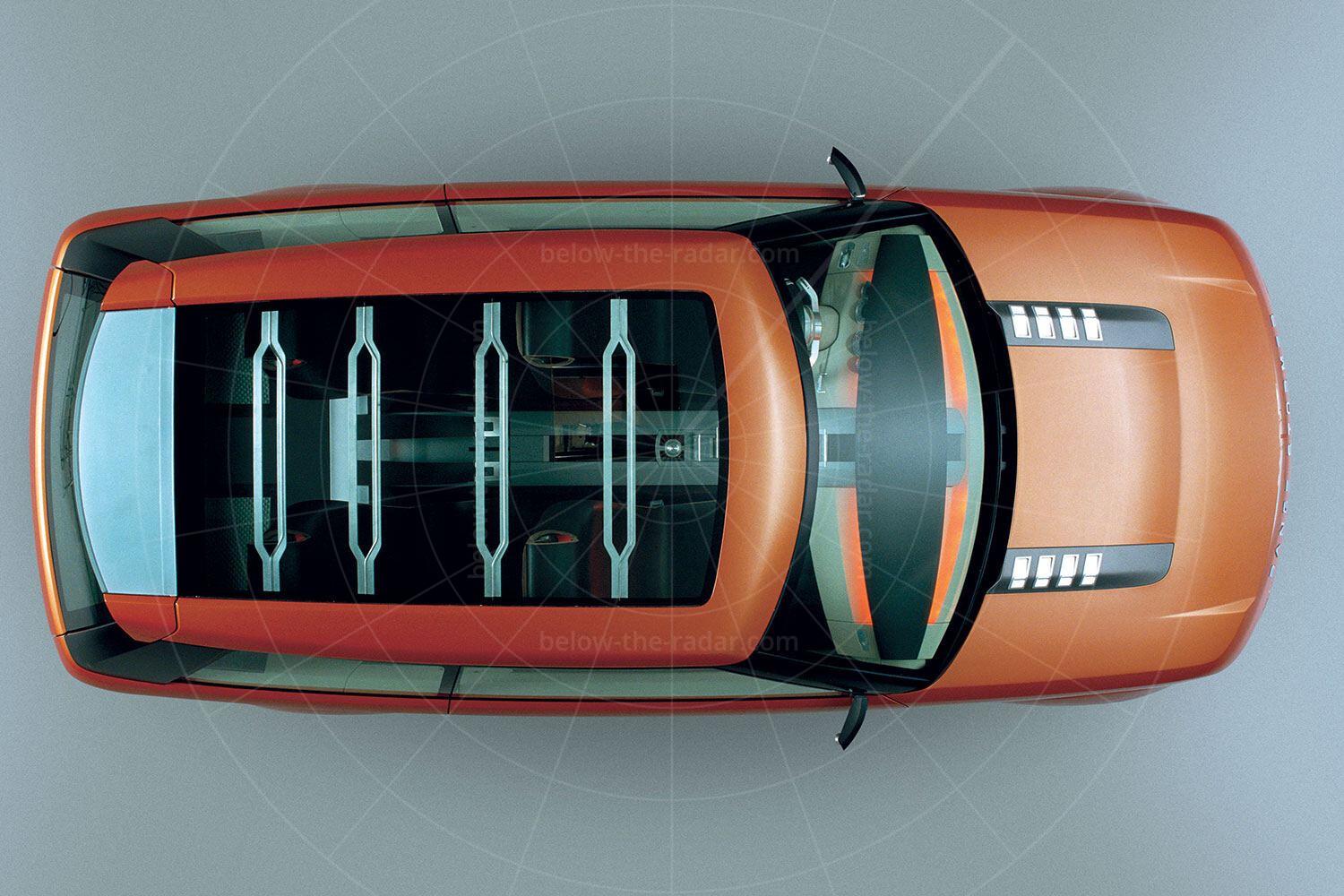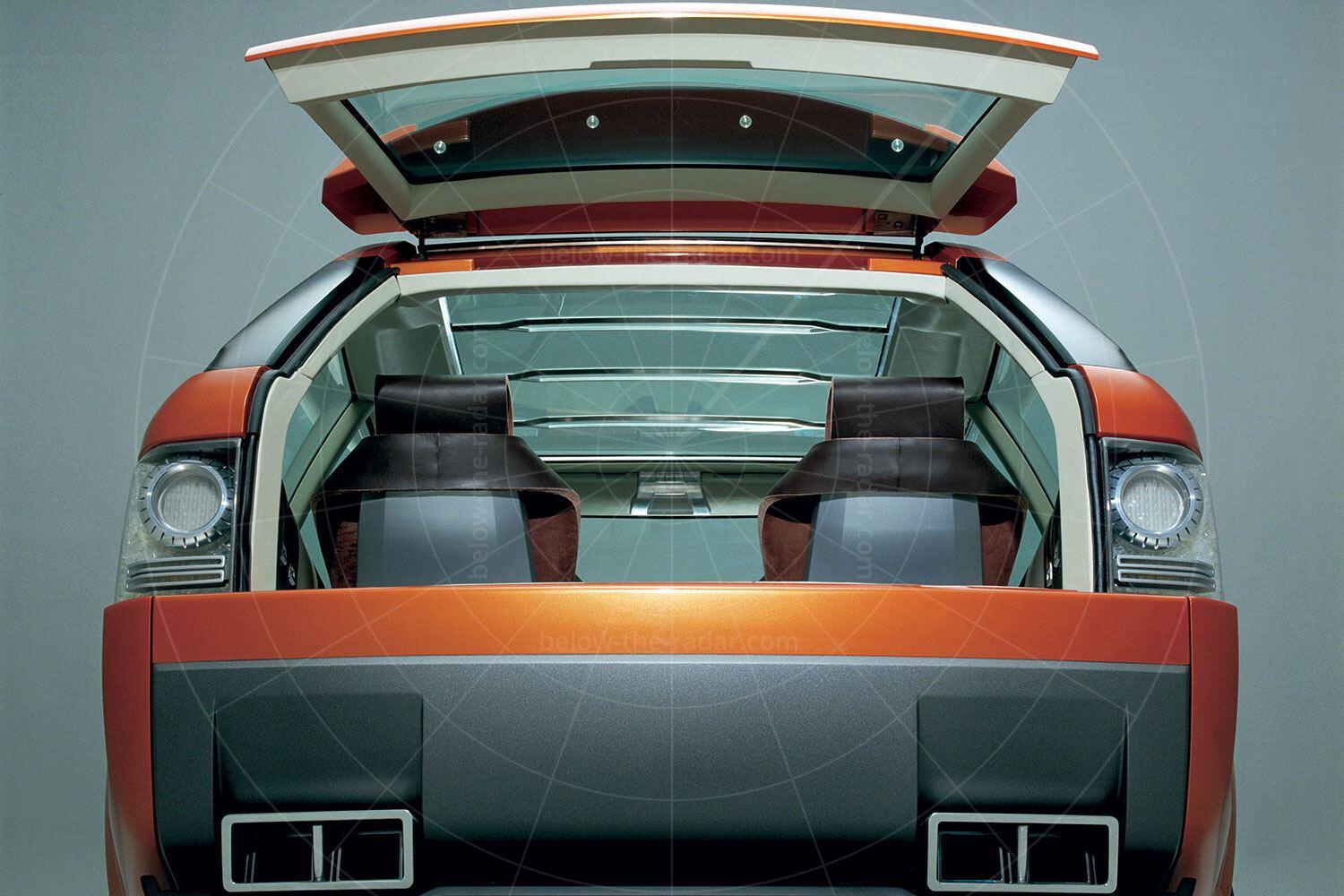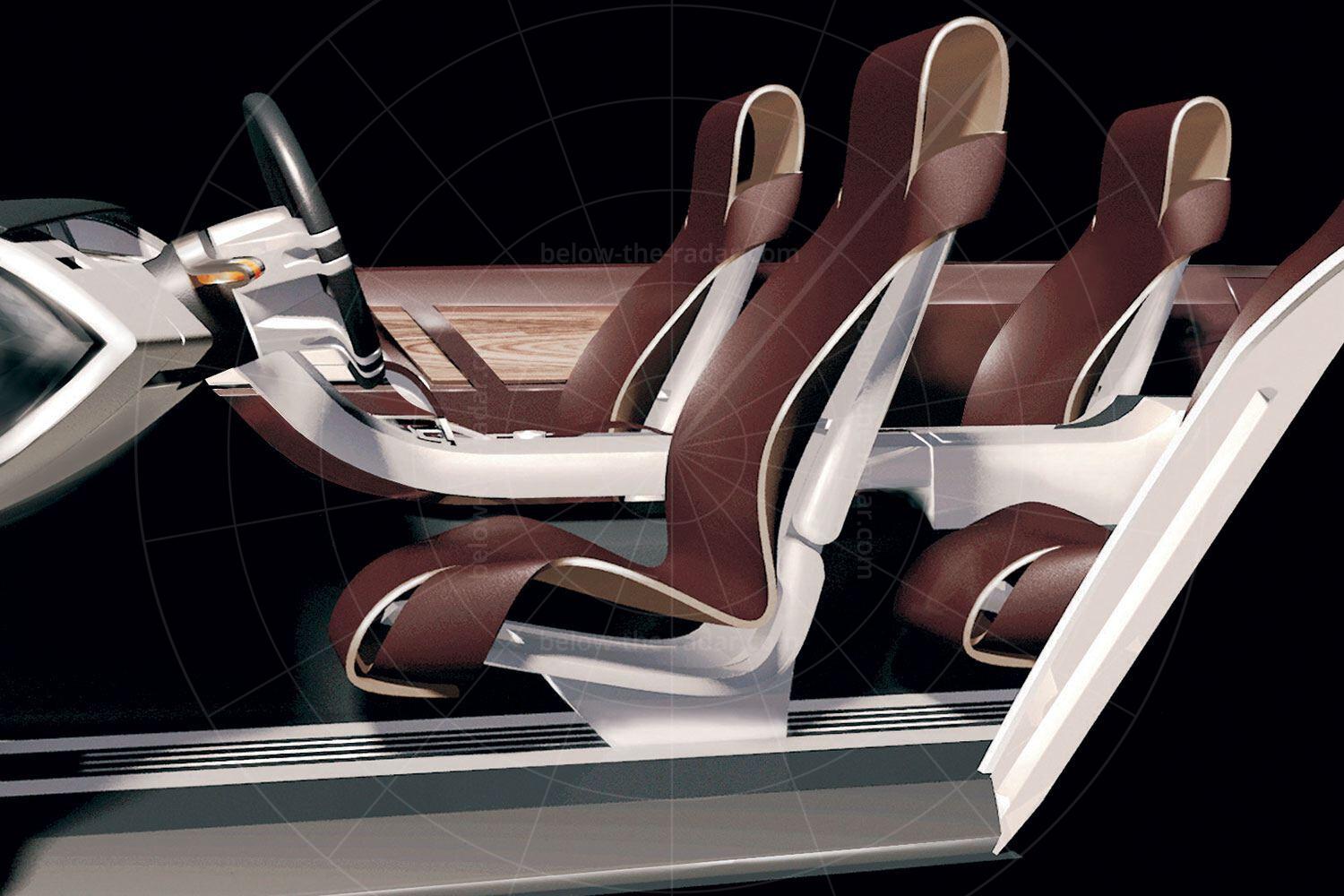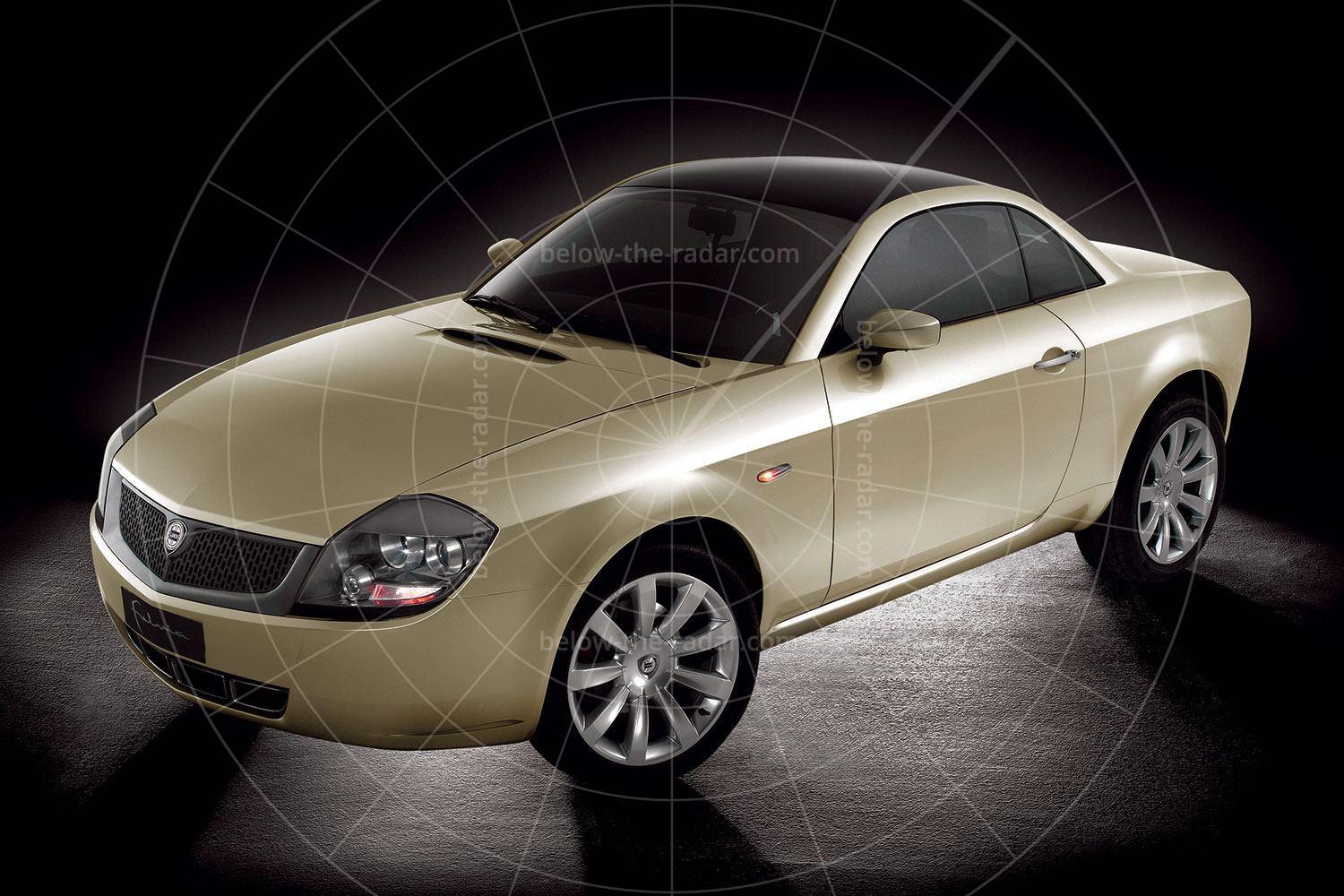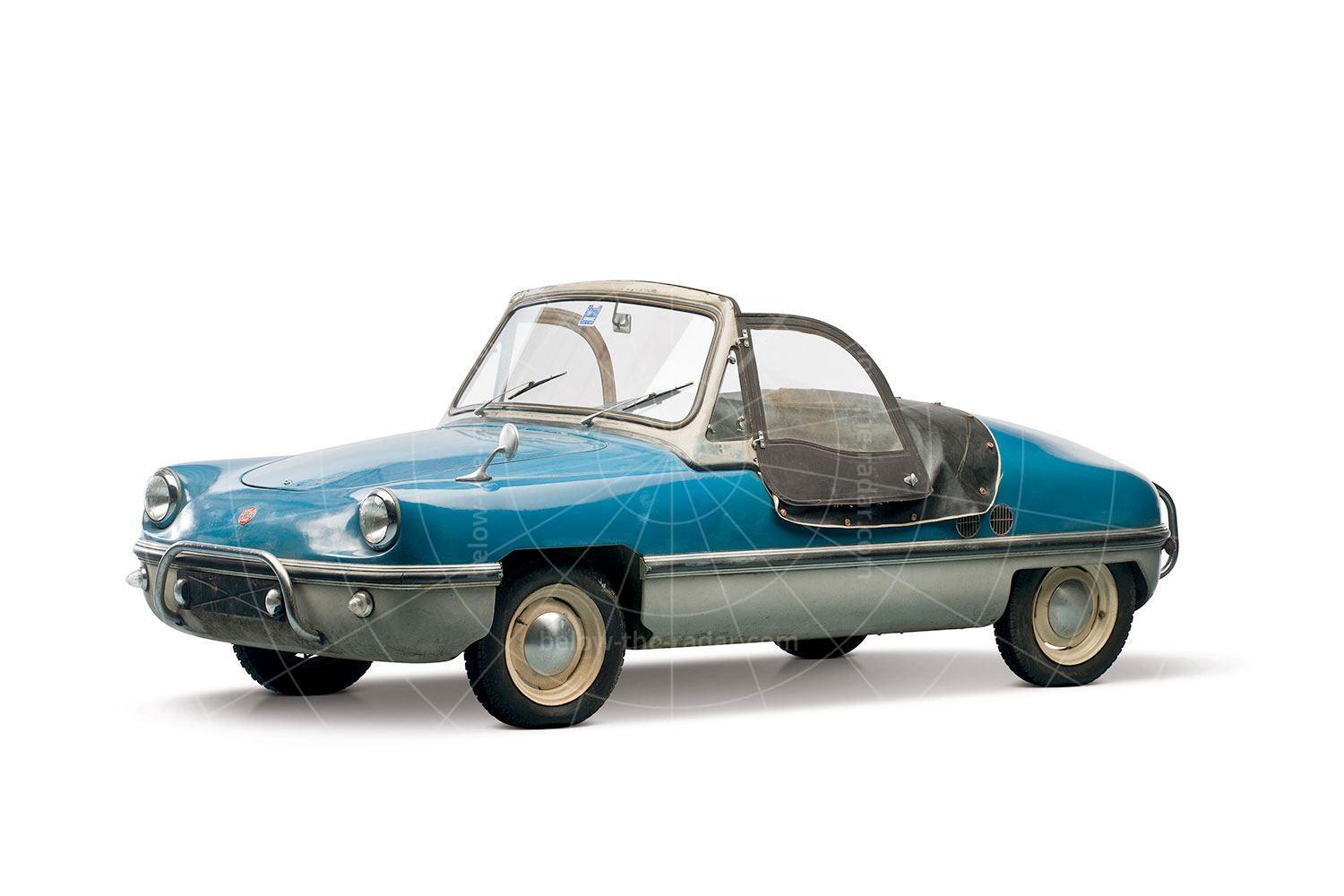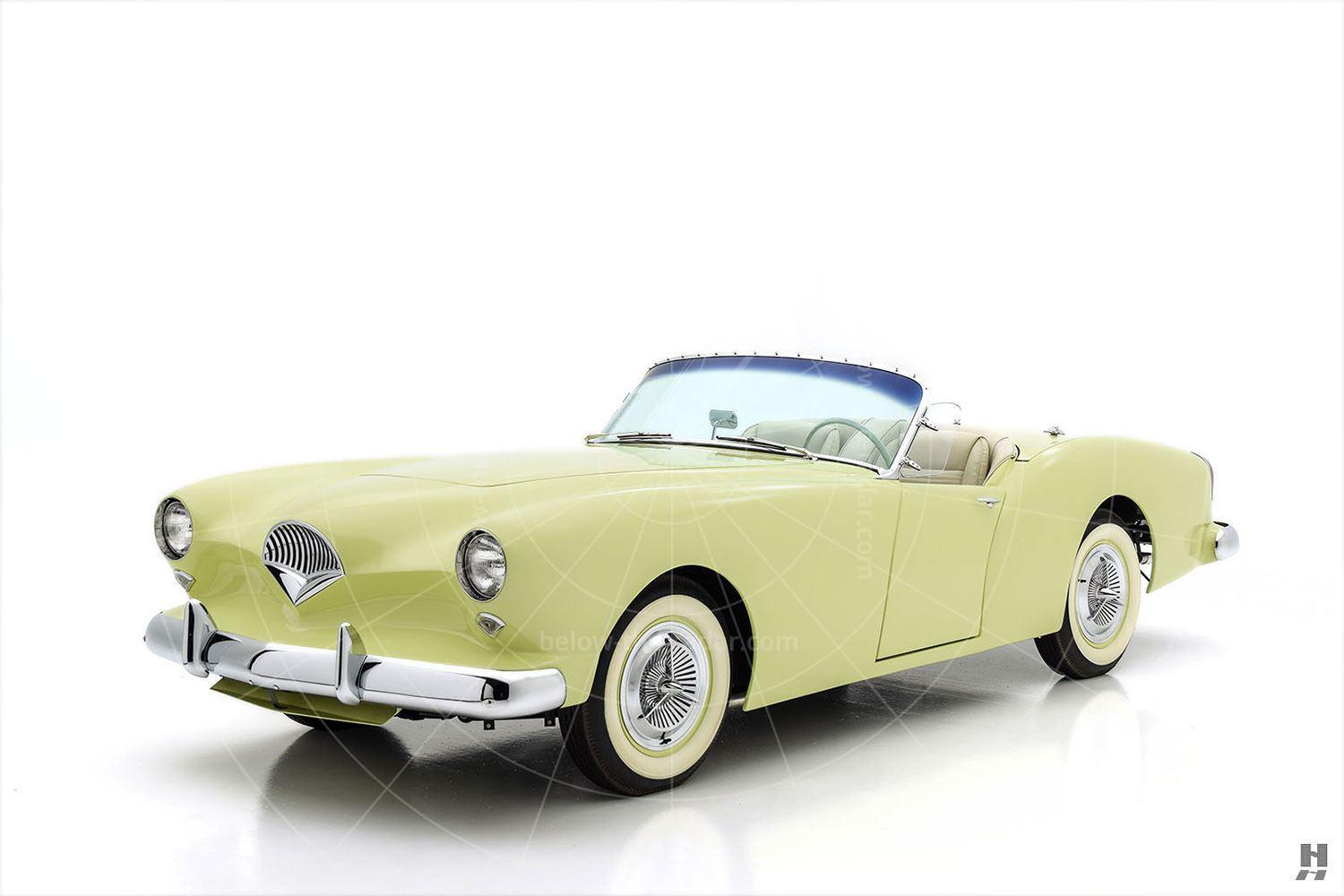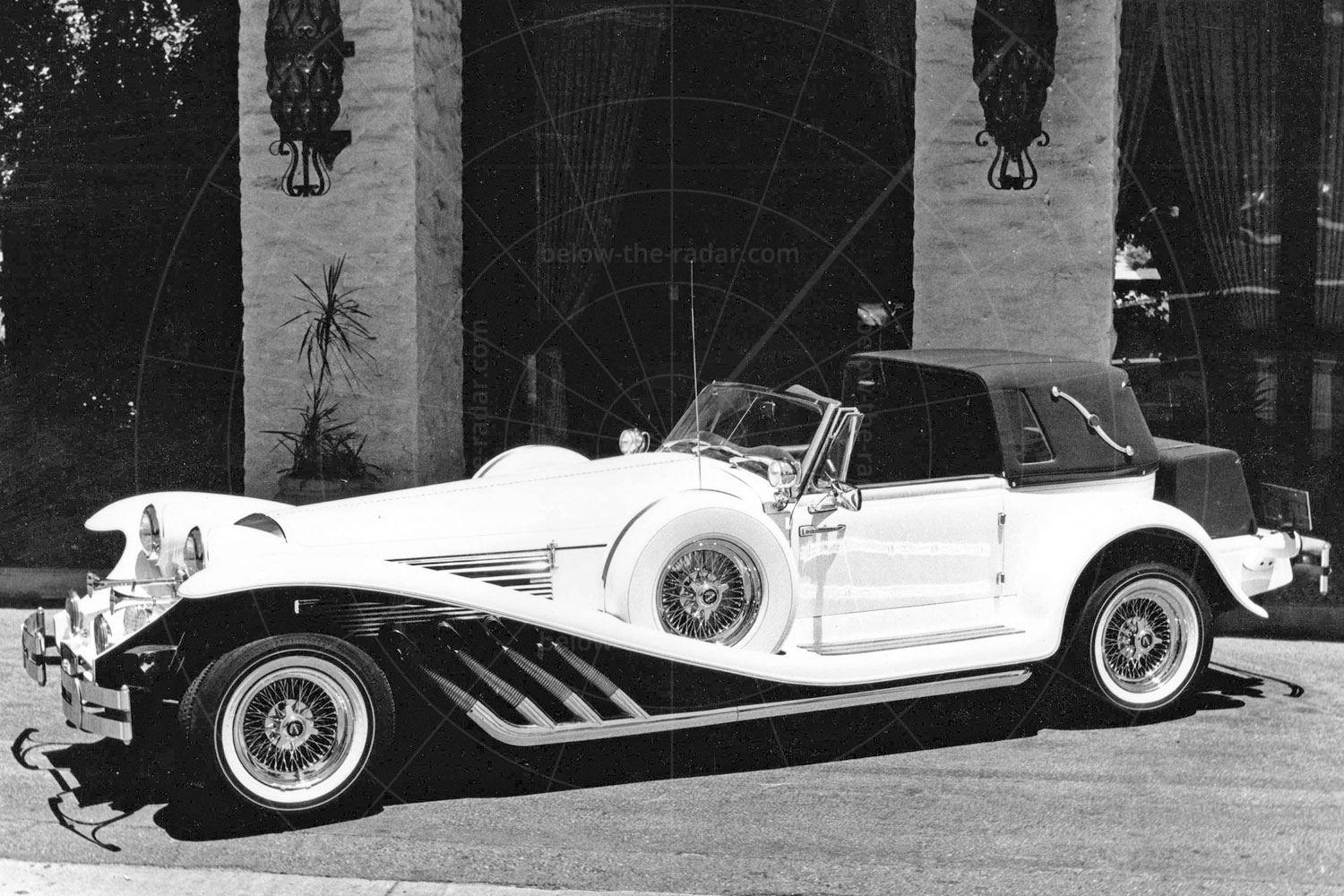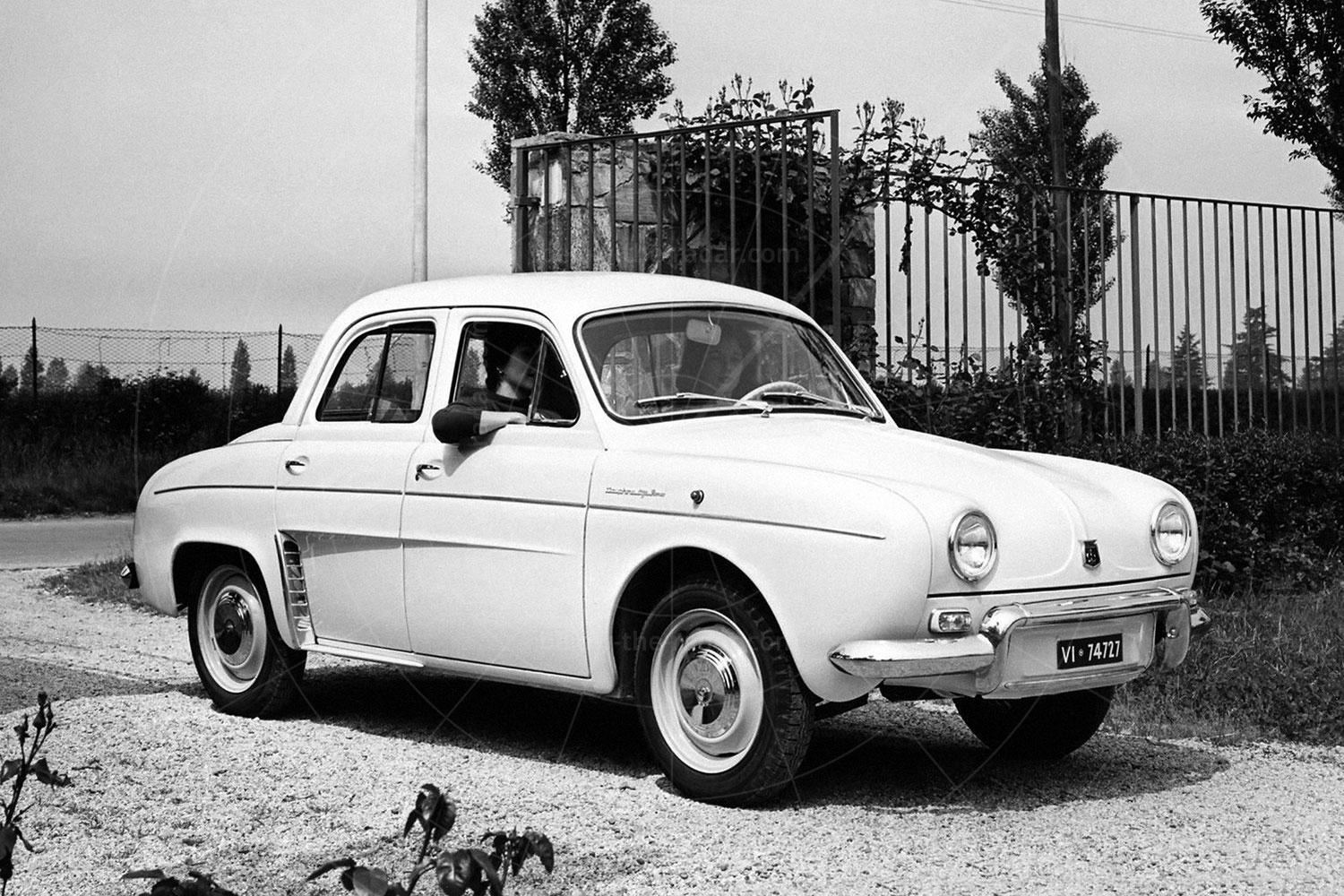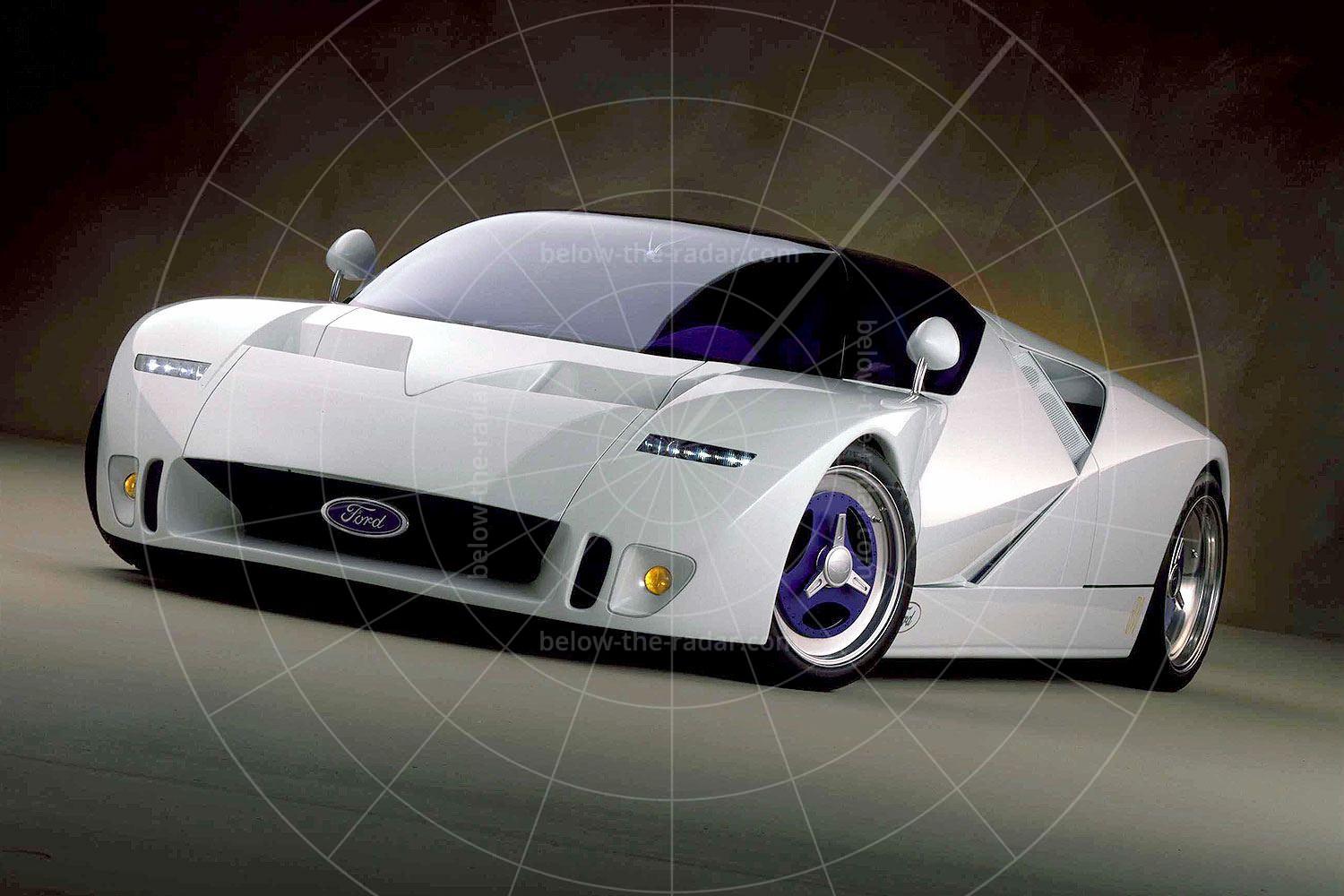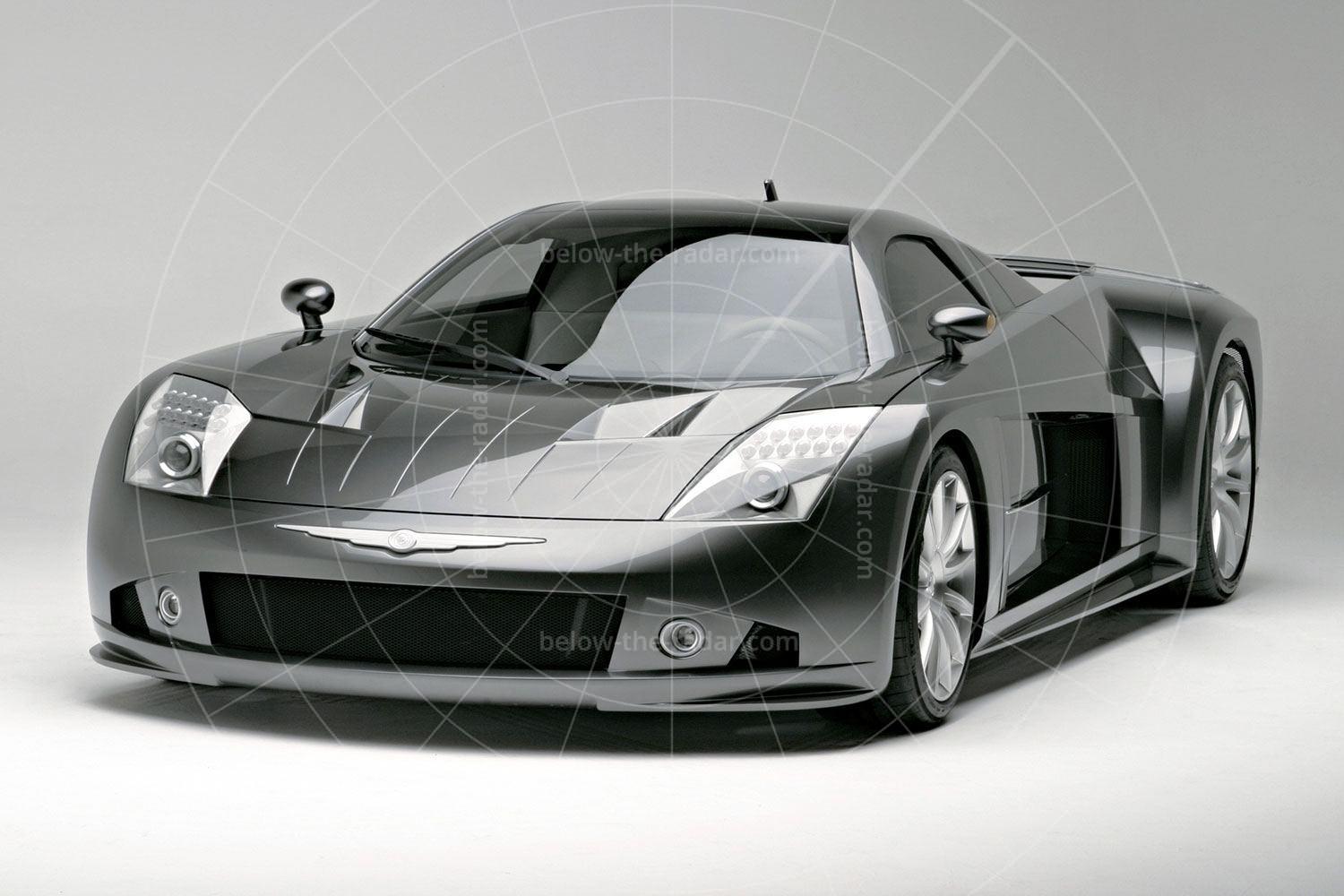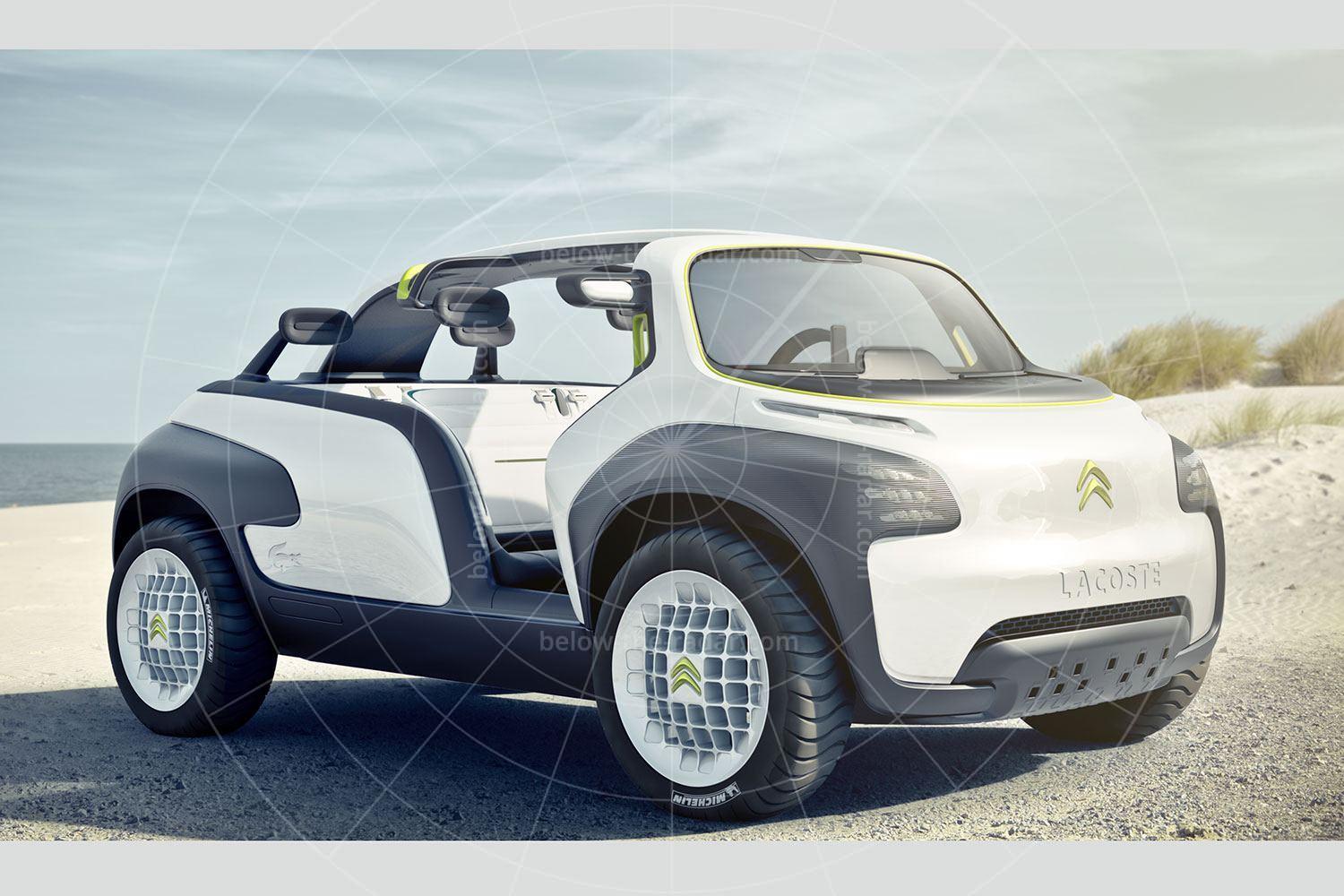Amazingly, despite the first Land Rover appearing in 1948, it wasn’t until 2004 that the company produced its first concept. And if you’re looking for a classic case of how concept cars are watered down before reaching the showroom, here’s the perfect example. While the Range Rover Sport was the production version of the Stormer, the concept car’s amazing lines were largely lost in the transition.
However, despite the relative disappointment of the final production design, at least the Range Stormer was very clearly a product of Land Rover, with many of its styling cues harking back to the first Range Rover of 1970. But while many of the styling elements looked back, the technology incorporated in the Stormer was very much about the future.
Crucially, the Stormer signalled a future for Land Rover that was more about on-road performance than off-road – not that the Sport would be a lame duck in the rough. But it was clear that buyers of premium SUVs wanted the looks and image without actually having any intention of ever going off-road. As a result Land Rover focused its energies on creating a superlative 4x4 with on-road capabilities better than anything it had ever built before, but it would still be able to leave all rivals standing when it came to green laning.
As the company said in its launch release: “It is very much conceived to be an on-road, high performance machine, as well as class-leading off-road like all Land Rovers. Breadth of capability is one of its many strengths”.
And while it offered a sneak preview of Land Rover’s forthcoming baby Range Rover, and some of the technologies it incorporated, more importantly the Range Stormer also showcased the all-new platform that Land Rover had created for its new premium SUVs, such as the Discovery and Range Rover Sport. It would prove to be a brilliant move too, because the production car arrived on the crest of a wave, at a time when buyers couldn’t get enough of premium SUVs. But that still didn’t stop Ford offloading one of the jewels in its crown, with Land Rover later being snapped up by Indian outfit Tata.
Technologically, there was nothing in the Range Stormer that couldn’t be translated into a similar road car. Indeed, when the showroom-ready Range Rover Sport appeared soon after, it incorporated just about everything that had featured in the concept.
Because the original Range Rover had been a workhorse, the platform on which it was based was designed for go-anywhere ability. The Range Stormer was much more about on-road driving pleasure, which is why the all-new platform on which it was based was biased much more towards high-speed handling and refinement.
Powering the Range Stormer was the same supercharged 4.0-litre V8 more usually found under the bonnet of assorted Jaguars, such as the XJR and XKR. Tuned to produce 370bhp with an equally monstrous 387lb ft of torque, the petrol-fed V8 was conventional but welcome; it offered power and pull for high-speed cruising or low-speed mud-plugging.
And to show that the Range Stormer could be used in the rough, the Range Stormer previewed a new technology which would be fitted as standard to all high-end Land Rovers – Terrain Response. This offered a selection of terrains such as sand, rocks and snow, which could be chosen from the dash-mounted dial. By choosing the appropriate terrain, the engine mapping, gearbox shift points, suspension height and firmness, along with the brake bias, could all be tailored to suit.
While the technology was carried over largely unchanged from concept to production car, the design was watered down just a bit too much for comfort. Indeed, there were many who felt rather underwhelmed by the Range Rover Sport, after the Range Stormer had promised so much.
Land Rover would never offer a three-door version of the Range Rover Sport, while the much lower roof line of the Stormer made it look as though the car had been the subject of a roof chop. Of course the roof line had to be raised for production cars, otherwise practicality would have suffered too much, but there was no doubt that the Stormer lost a lot of its visual appeal in the translation from concept to road car.
There were plenty of Range Rover styling cues in evidence though, such as the trademark ‘floating roof’ initially seen on the first cars that went on sale in 1970. The bluff nose featured a deep front air dam and those jewel-effect stepped headlamps were a Land Rover trademark, while the glasshouse was narrow, and emphasised by the high waistline to give the Stormer a very tough look.
The roof was made completely of glass, to allow light to flood into the cabin, while the electrically powered doors were a neat two-piece affair that Land Rover dubbed ‘blade and runner’. The upper half hinged up and forwards, while the lower portion dropped to provide a step up into the cabin. Unsurprisingly, by the time the Stormer made production, conventional doors were fitted.
It wasn’t just the exterior that was watered down though; in common with many concepts the cabin was scaled back even more. It featured four individual seats, their distinctive design inspired by the concept of the Möbius strip, the deep brown saddle leather facings being cut from a single hide.
Natural materials dominated the cabin, with leather and oak alongside aluminium. The seat frames, a striking part of the cabin design, were aluminium, as were many of the switches; others were swathed in leather. The fuel gauge was especially novel; instead of a needle, a level of liquid dropped as the fuel tank emptied.
| Vital statistics | |
|---|---|
| Debut | Detroit 2004 |
| Design director | Geoff Upex |
| Engine | Front-mounted, 3996cc, supercharged V8 |
| Transmission | 6-speed auto, four-wheel drive |
| Power | 370bhp |
| Torque | 387lb ft |
| Top speed | 140mph approx |
| 0-62mph | 7.5 seconds approx |

